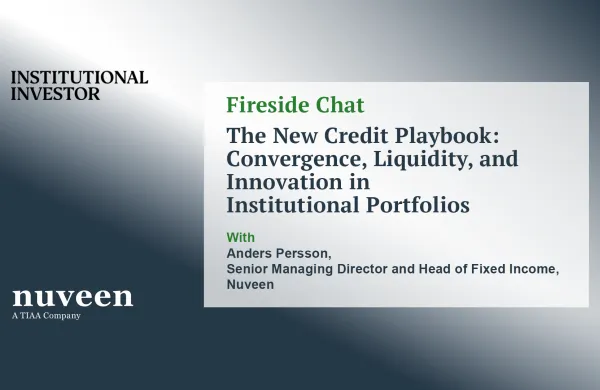As they gain popularity among individual investors, exchange-traded funds would seem a natural option for 401(k) plans. But just try to find them: Mutual fund complexes, seeing ETFs as a competitive threat, have been slow to add them to 401(k) menus. Many investment advisers don't recommend ETFs because the cost of trading them through brokers makes them more expensive than no-load mutual funds.
Darwin Abrahamson, CEO of Portland, Oregonbased software house Invest n Retire, believes he has licked the cost problem. Now it's a question of whether plan sponsors and participants really want ETFs.
Abrahamson, a 56-year-old former broker who founded Invest n Retire in 1998 to develop an Internet-based 401(k) platform, gets around the "ETF wall" by aggregating all of a firm's daily transactions in a given ETF and executing a single, omnibus trade at day's end. The bundled cost, considerably lower than the costs of transactions handled piecemeal by brokers, is allocated among the clients who traded that ETF. "We can put together less expensive 401(k) programs because ETFs cost much less than traditional mutual funds," Abrahamson asserts.
Michael Glackin, a vice president of Philadelphia-based retirement plan adviser KDB Resources who favors ETFs, says, "Invest n Retire was the one system we saw that worked to get employees into an asset allocation model, which is the most important part of any 401(k)," he explains.
Still, Michael Hatlee, head of retirement services at Chemung Canal Trust Co. in Elmira, New York, isn't sold on ETFs: "Their advantages evaporate when you compare them with no-load mutual funds in a qualified plan."




